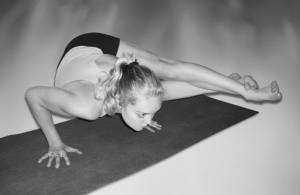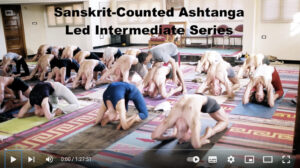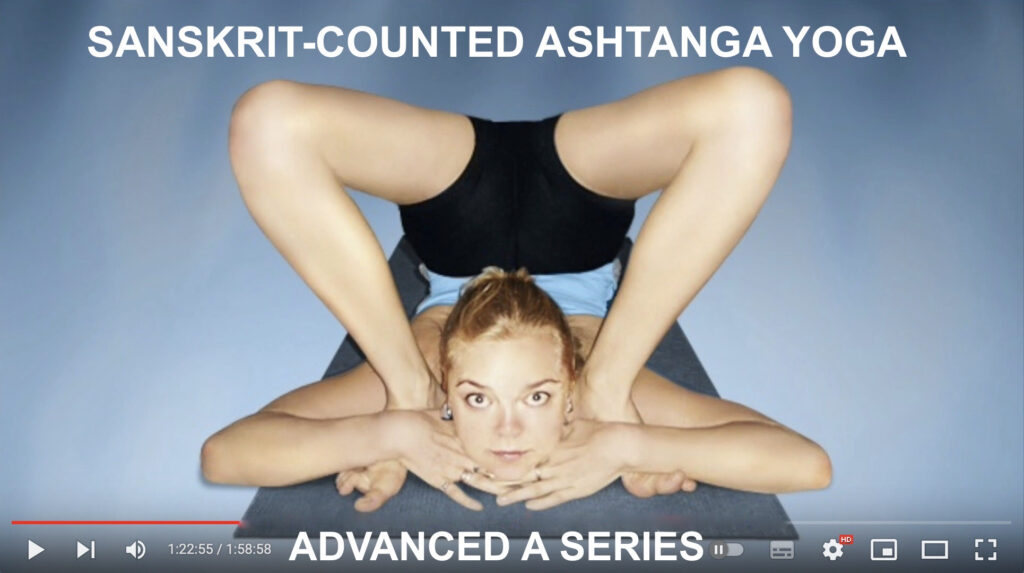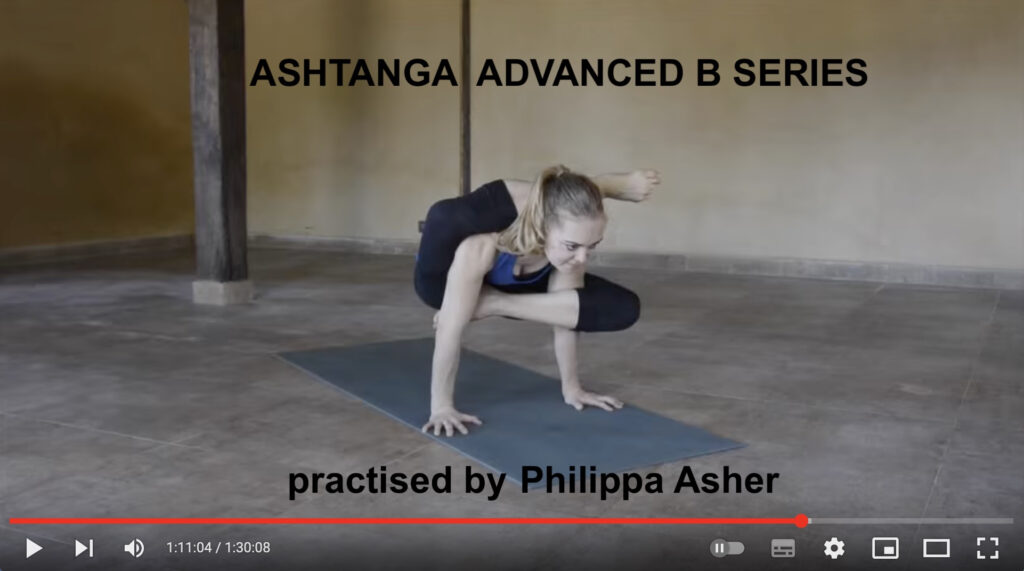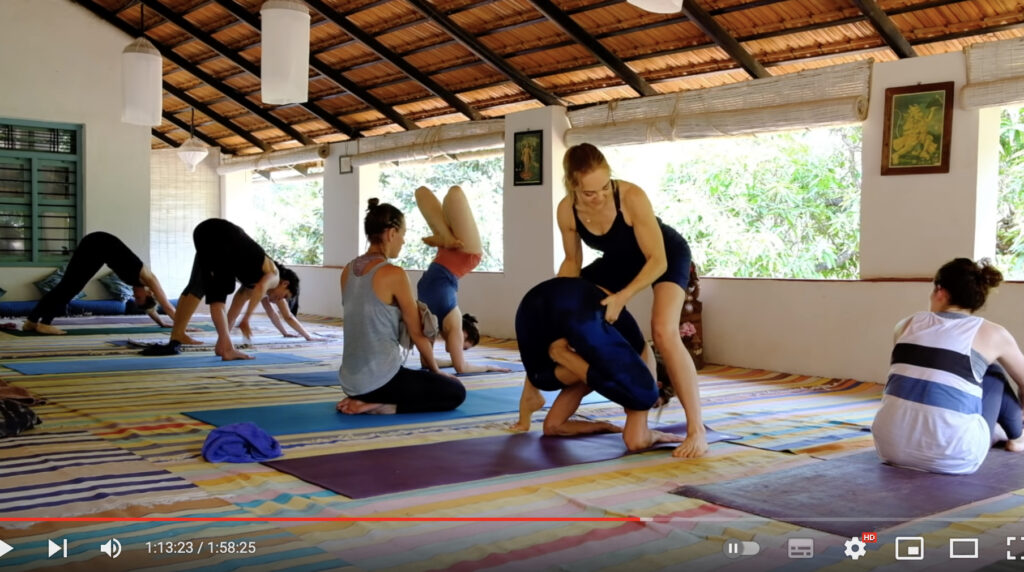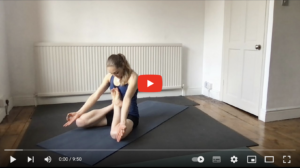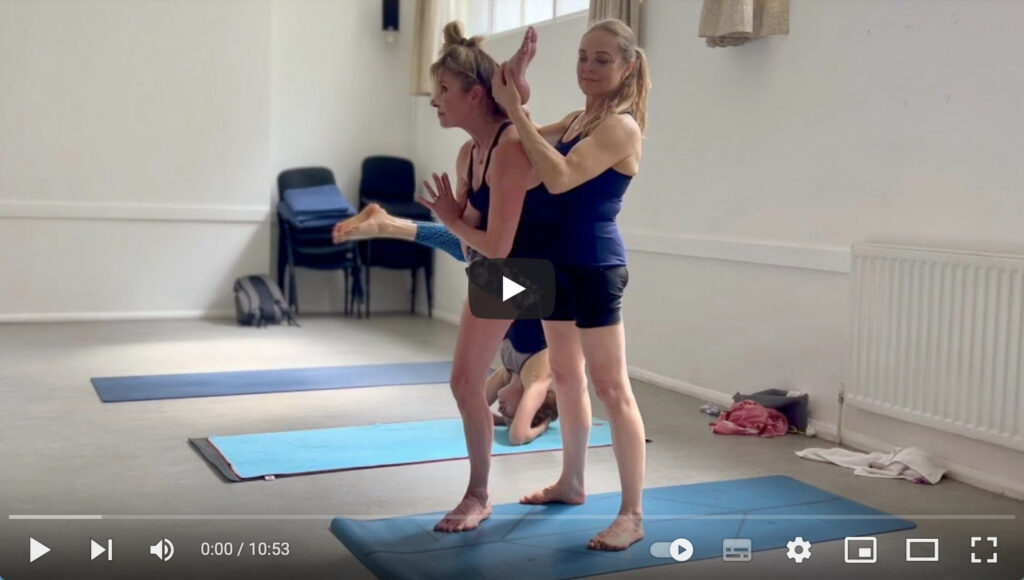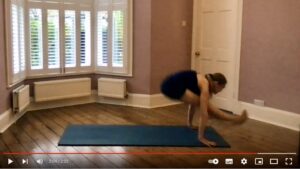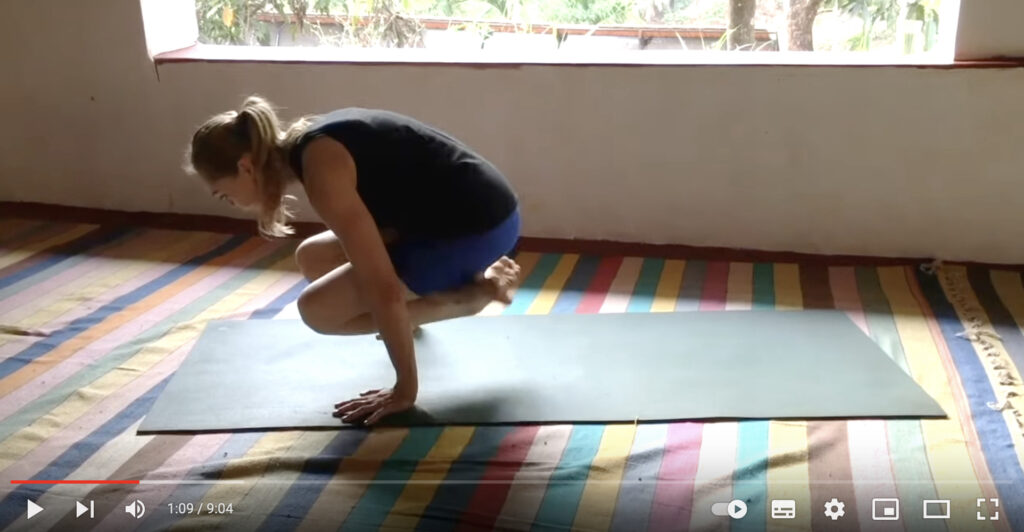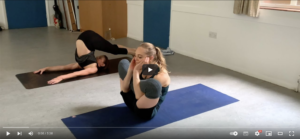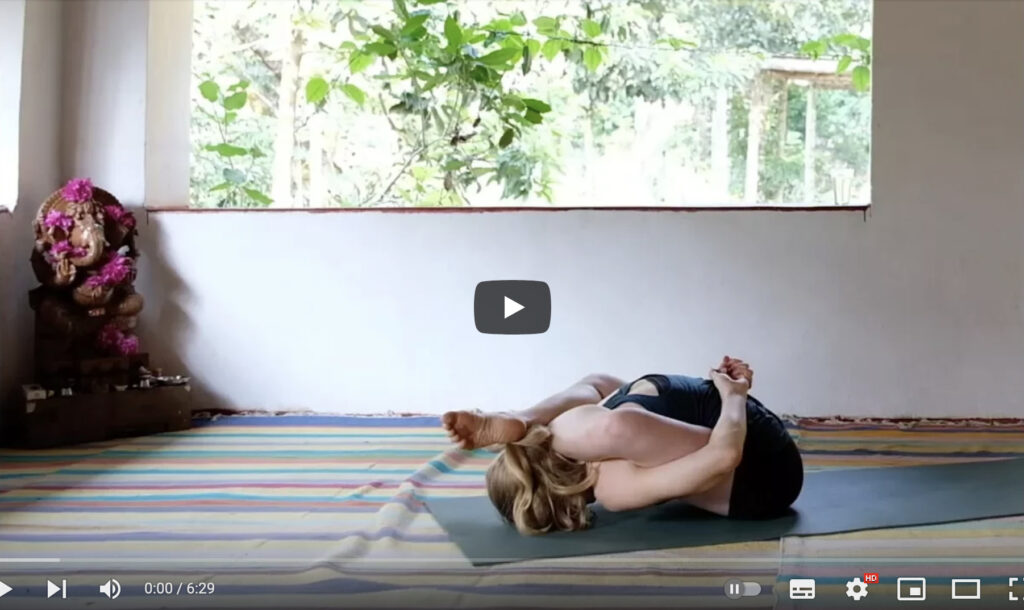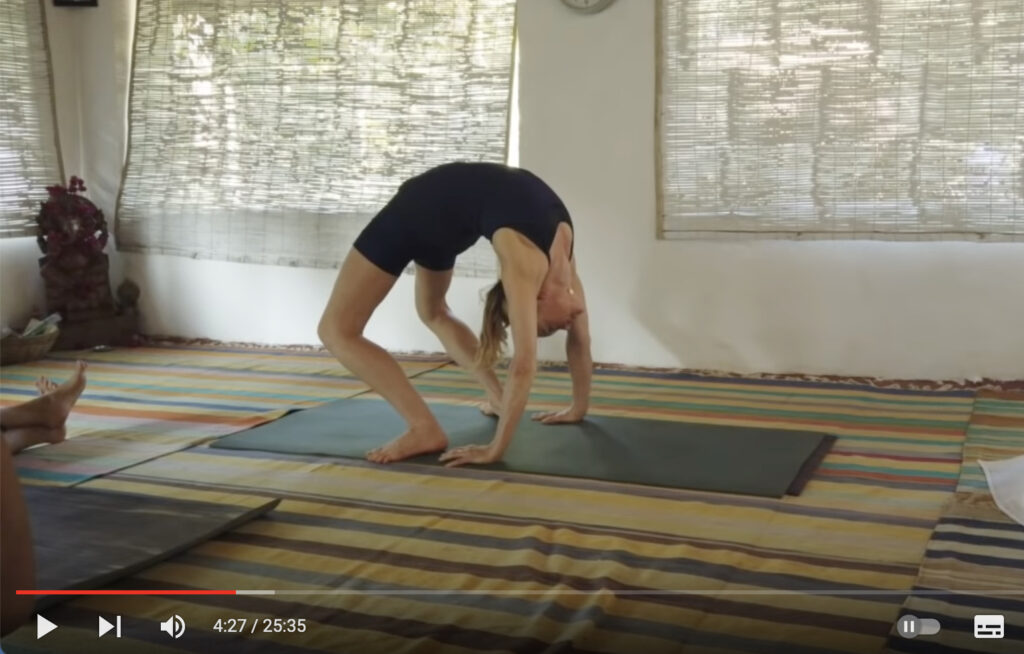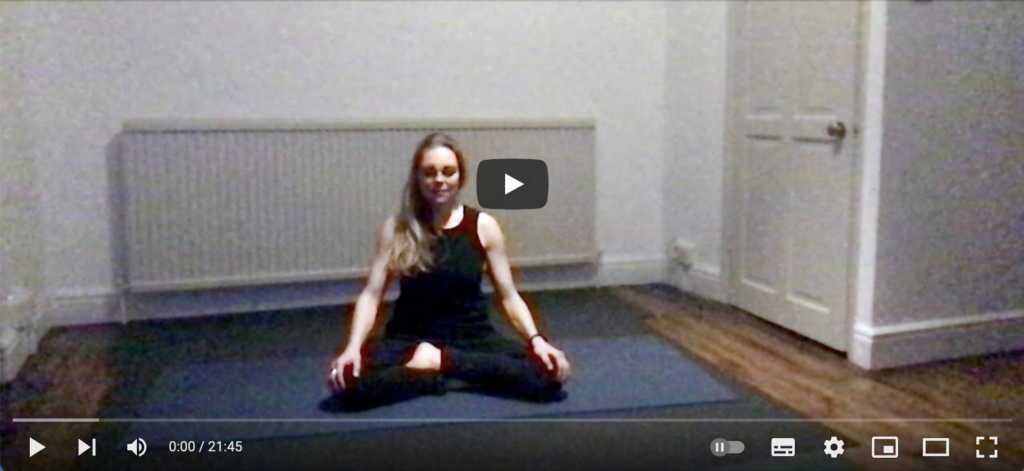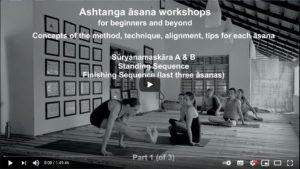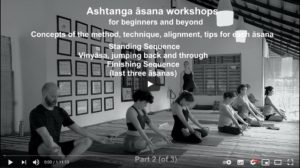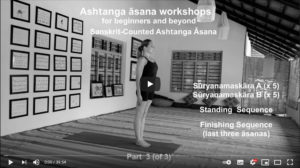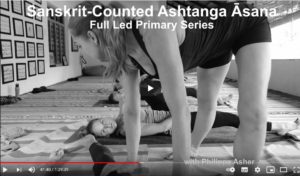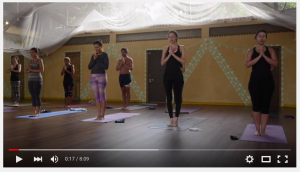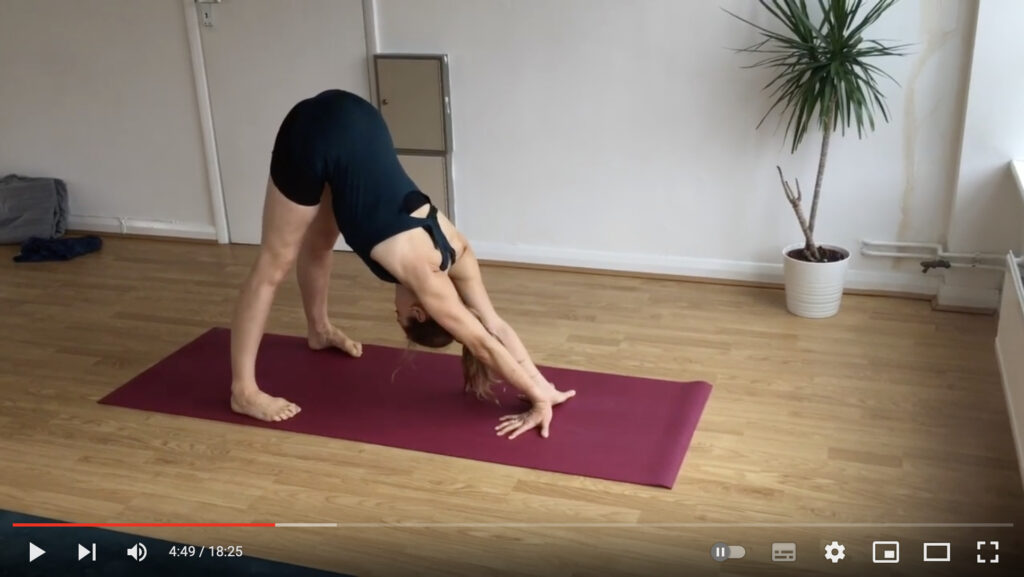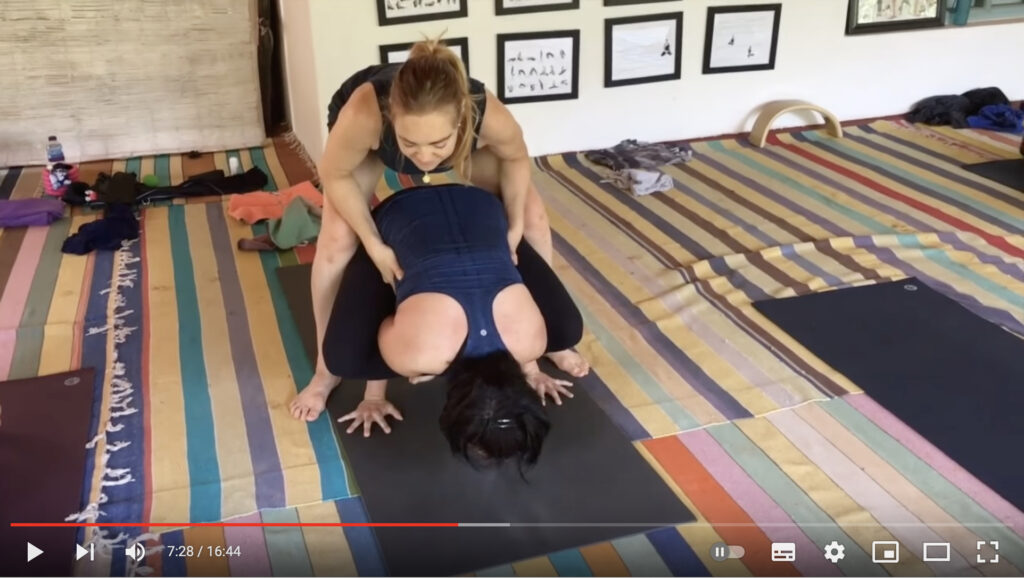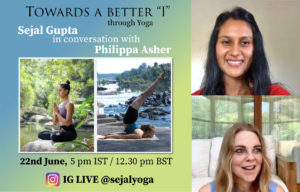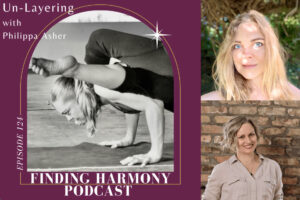VIDEOS & ARTICLES
Ashtanga ‘Primary Series’ (with asanas names and counts):
Ashtanga ‘Intermediate Series’ Led Class (with live Sanskrit counts):
Ashtanga ‘Advanced A Series’ Led Class (with live Sanskrit counts):
Ashtanga ‘Advanced B Series’ practised by Philippa in India
Philippa leading a ‘Mysore-style’ Ashtanga guided self-practice class:
5 Postures, 5 Breaths, 5 Series, 5 Decades!
Simple Nadi Shodhana pranayama practice:
Post lockdown 2021: Ashtanga practitioners aged 50 and above!
Teaching Primary, Intermediate and Advanced Ashtanga Series:
Ashtanga Nirvrta London (Mysore-Style Guided Self Practice):
Half Vinyasa (Jumping Back and Jumping Through) tips:
Ashtanga Jump Back and Through and Asana Vinyasas workshop:
Marichyasana A, B,C, D (tips and demonstration with counts):
Bhuja Pidasana, Supta Kurmasana, Garbha Pindasana tips:
Bhujapidasana, Kurmasana & Supta Kurmasana workshop:
Backbending workshop: Urdhva Dhanurasna & Drop Backs:
Ashtanga Backbending Sequence (for a range of practitioners’ experience):
Ashtanga Backbending Sequence (Primary Series & Beyond):
Practising Ashtanga Backbends & Finishing Sequence to Sanskrit count:
The Joy of Body Opening! A fun workshop/sequence:
For complete beginners – bringing awareness to the body, mind and breath:
Ashtanga workshops for beginners and beyond: Part 1
Ashtanga workshops for beginners and beyond: Part 2
Ashtanga Standing Sequence (for beginners and beyond: Part 3)
Sanskrit-counted Led Primary Series class:
Teaching Ashtanga guided self-practice in Cairo:
Teaching Ashtanga guided self-practice in Goa:
Demonstrating/teaching Intermediate and Advanced A Series asanas:
Teaching and demonstrating at Ashtanga Nirvrta India:
Ashtanga guided self-practice and Led Primary Series at Ashtanga Nirvrta India:
Talking about how yoga can us help mentally, physically, emotionally:
Two Certified female Ashtanga yoga practitioner/teachers discussing the practice:
Ashtanga Dispatch: challenges in the practice and overcoming them:
ASHTANGA ASANA SHEETS (PDF)
TRIYOGA TALKS (podcast)
KPJAYI LED-INTERMEDIATE SERIES (photo gallery)
Tell us a bit about yourself…
I’m Philippa Asher. I’m English and have been playing with yoga asanas and movement since I was child. I trained as a dancer at a vocational ballet school in England and taught for couple of ballet companies (after gaining a BA hons and two post graduate degrees at university). I then worked in media for twelve years (working on film and music), found Ashtanga yoga in the tradition of Sri K Pattabhi Jois and have been practising the traditional method ever since. I started sharing the practice with others, over ten years ago and in 2008 was Certified by Guruji to teach through to the Advanced B series. I set up a busy traditional Ashtanga yoga programme in Soho, London in 2006 and taught there for several years before moving to India to work on an exciting project to bring Ashtanga yoga to all levels of practitioner, in nature. I now teach in India, the UK and on retreats and workshops worldwide. I miss London and Englishness very much and love going home for the summers, but India has an incredible pull and the project which my husband and I are working on is very exciting. We hope to have people staying with us on our little coffee estate very soon and I’ll teach in the veranda, overlooking the Western Ghats’ tropical rainforest.
Describe your story with Ashtanga yoga …
I started learning formal Ashtanga yoga in the late nineties, but have been playing with yoga asanas and ‘sitting quietly’, since childhood. It wasn’t until my late twenties that I became serious about yoga. It was as simple as a chance encounter with a free Ashtanga taster-class in London, which changed my life. The Ashtanga practice found me, all I had to do was to keep turning up to class. I was working in media at the time, so my life was pretty colourful and I was out every night going to gigs and movies. Great fun, but not sustainable. For the first few years I was still leading a full life, coming home after midnight and getting up at 5am, catching the night bus to class, practising from 6.30am-8.30am, working all day and going out every night. When I hit my mid thirties, I found that something had to give and that’s when I started teaching in the mornings and cutting down on the day job. A year later I was teaching full time. I should also say that it was only because I had a good job in media and an amazing boss that I was able to take numerous sabbaticals to study for 6 month stretches at the Krishna Pattabhi Jois Ashtanga Yoga Institute, in Mysore. It’s an incredible investment both physically and financially and I spent all my savings on heaps of trips, to learn the traditional Ashtanga yoga method. Now that I live in India I still practise at KPJAYI every year and enjoy the connection with the source and my teacher. I’ve been studying with Sharath for over 15 years now (and his grandfather Pattabhi Jois until his passing). It’s fascinating to see the changes and explosion of the Ashtanga scene. I truly believe in Pattabhi Jois’ Ashtanga vinyasa method and it’s absolutely perfect, if practised and taught exactly how he intended.
What does Ashtanga yoga represent to you?
Ashtanga yoga is a tool for making life a bit easier. I’m a much happier person when I practise asana and the other aspects of Ashtanga yoga. The Eight Limbs described by Patanjali in the Yoga Sutras, form a practical guide on how to lead a more simple and meaningful life. Practising yoga in all its aspects, allows one to feel connected and joyful. Ashtanga yoga makes me happy, healthy and calm, it’s as simple as that!
Tell us about your teachers …
Well Pattabhi Jois (affectionately known as Guruji), was a remarkable man. Always steady, calm, kind, joyful and had an incredible energy that made you feel so honoured to be in his presence. He was also very generous with his teaching and kept the shala open virtually all year round and had his daughter Saraswathi and her son Sharath helping (which meant that the shala wasn’t over crowded and we all had plenty of assistance). Now when I’m practising at KPJAYI, I like to glance at a particular photo of him, which makes me happy. His English was quite limited, but he had a few choice phrases that made everyone smile.
Saraswathi is a wonderful lady and is still teaching in her seventies. She reminds me a lot of Guruji and has his stamina, consistency, strength and joy. It’s nice to have some female energy around too!
Sharath is the same age as me and it’s been very interesting seeing him change roles from Guruji’s young assistant to the director of KPJAYI, after his grandfather’s passing. It must have been a massive undertaking, not to mention dealing with the loss of his grandfather, guru and leader. Today there are literally hundreds of students practising at KPJAYI, so I think Sharath must be some kind of a superhero, to manage so many students and personalities!
How does your personal yoga practice look (on and off the mat) …
I mentioned before that the Eight Limbs described in Patanjali’s Yoga Stutras, gives us a practical guide on how to live a happy and simple life. The yoga practice lasts all day and if we can try to be responsible, pragmatic, driven, kind, compassionate, healthy and calm, it’s a good thing. I try to live by Patanjali’s dharmic principles, but life sometimes life throws us unexpected challenges, so it’s not always easy!
The asana practice is luxury time: two or three hours of feeling fully connected and watching the prana, breath, movements and gaze points unite. The beauty of Ashtanga self practice is that you can just switch off and enjoy the moving meditation. I love where I am in my practise now (I practice the first four series, but on different days). When one has mastered the asanas with grace, strength and perfect alignment, that’s when the yoga starts to happen and you can feel the joy.
Sharing the Ashtanga practice is also part of my sadhana and I truly love teaching. I began teaching ballet when I was 17 and went on to do a post gradate degree in the education of adults at university, so teaching has been in my blood for a long time. I feel very privileged to be Certified by Guruji to teach this system. It is role that I take very seriously!
What tips would you give to a new practitioner of Ashtanga yoga?
Finding a talented, experienced, down-to-earth and qualified teacher (who is skilled at reading bodies, patient, an excellent communicator, gifted asana practitioner, demonstrator and adjuster) is paramount. Being an advanced asana practitioner does not necessarily equal ‘talented teacher’. They are two very different skills. If you can learn from someone who has these skills and is also a strong technique and alignment technician, you should be in safe hands. Learn slowly and consistently and be receptive and open. Dedication, determination and discipline are key. The Ashtanga method is a work in progress and takes years to understand. Many people start the practice simply to feel more healthy. After a few months you start to notice physical and mental changes. After a few years, your life changes!
Please share your favourites with us – books, sites, resources…
I love watching old footage and reading about Krishnamacharya, Pattabhi Jois, BKS Iyengar, Indra Devi, Desikachar etc. It’s so fascinating learning about the history and development of modern yoga. Mr Iyengar has written several interesting books and academics such as Mark Singleton and James Mallinson too. Richard Freeman has published and recorded some very sound and useful Ashtanga yoga resources. Obviously Pattabhi Jois’ Yoga Mala and Krishnamacharya’s Yogasanagalu are delightful and anyone keen to learn about the Ashtanga system will also enjoy reading Patanjali’s Yoga Sutras and the Hatha Yoga Pradipika (although we must consider the context and time in which they were written). The work of intelligent and understated practitioners and teachers, tends to be the most genuine and powerful.
Any Closing thoughts …
Anyone who stumbles upon the Ashtanga yoga practice is very lucky. I genuinely believe that even if you just practise the correct method for an hour a day, four or five times a week, it’s enough to make a difference …
Interview with Supersoul Yoga, January 2015 www.supersoul.yoga
